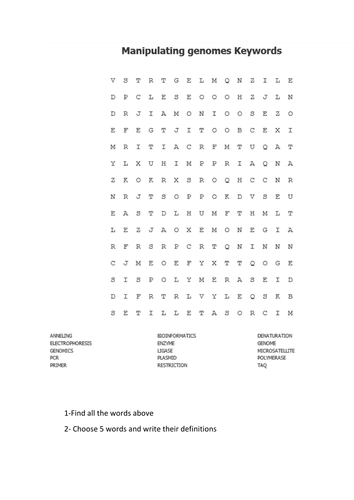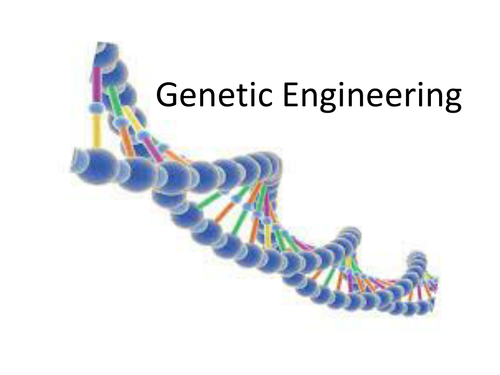
12Uploads
36k+Views
22k+Downloads
All resources

OCR A level Bio revision new spec 2015
This resource includes : magnification. microscopy, nucleic acids, DNA replication, transcription, translation, Biodiversity, Evolution and Classification

Homeostasis As Level new specification
LOs:
Define the terms negative feedback, positive feedback and homeostasis
Explain the principles of homeostasis in terms of receptors, effectors and negative feedback
Describe the physiological and behavioural responses that maintain a constant core body temperature in ectotherms.

AS Biology. This resource was tailored to be used to teach Microscopy and Cell organisation
This resource was tailored to be used to teach Microscopy and Cell organisation following OCR specification.
Keywords: Resolution, magnification, microscopy, cells, organelles, prokaryotic and eukaryotic cells.

Cell Division and Diversity
This resource was produced to teach the module about Cell cycle, Mitosis, Meiosis and cell diversity (including stem cells).

Genetic engineering 2017
This is a presentation describing the steps for genetic engineering in bacteria

Manipulating the Genome
These resources cover part of the A level Biology new specification 2015.
Manipulating the Genome:
PCR
DNA sequencing
DNA profiling
Electrophoresis

AS level resource about nucleotides
This resource was created to teach nucleotide structure, DNA replication, transcription and translation.

Circulatory system
This resource aims to explain the meaning of the terms open circulatory system and closed circulatory system, with reference to the circulatory systems of insects and fish
Key words: open circulatory, closed circulatory system

Computer modelling OCR PAG 10 in association with SAPS
This practical activity aims to develop students' understanding of primary, secondary and tertiary structure of proteins through computer protein modelling. Computer modelling can create 3D interactive images to support the student to visualize different interactions between amino acids within a molecule.
This resource can be used to achieve competency in computer modelling towards the new practical skills endorsement for A level Biology (2015 specifications).
The learning outcomes of this activity are: 1) Recall the levels of protein structure including primary, secondary, tertiary and quaternary structure with emphasis on RuBisCO protein; 2) Understand the 3D structural difference between fibrous and globular proteins and 3) Achieve practical competency in using computer molecular modelling.












